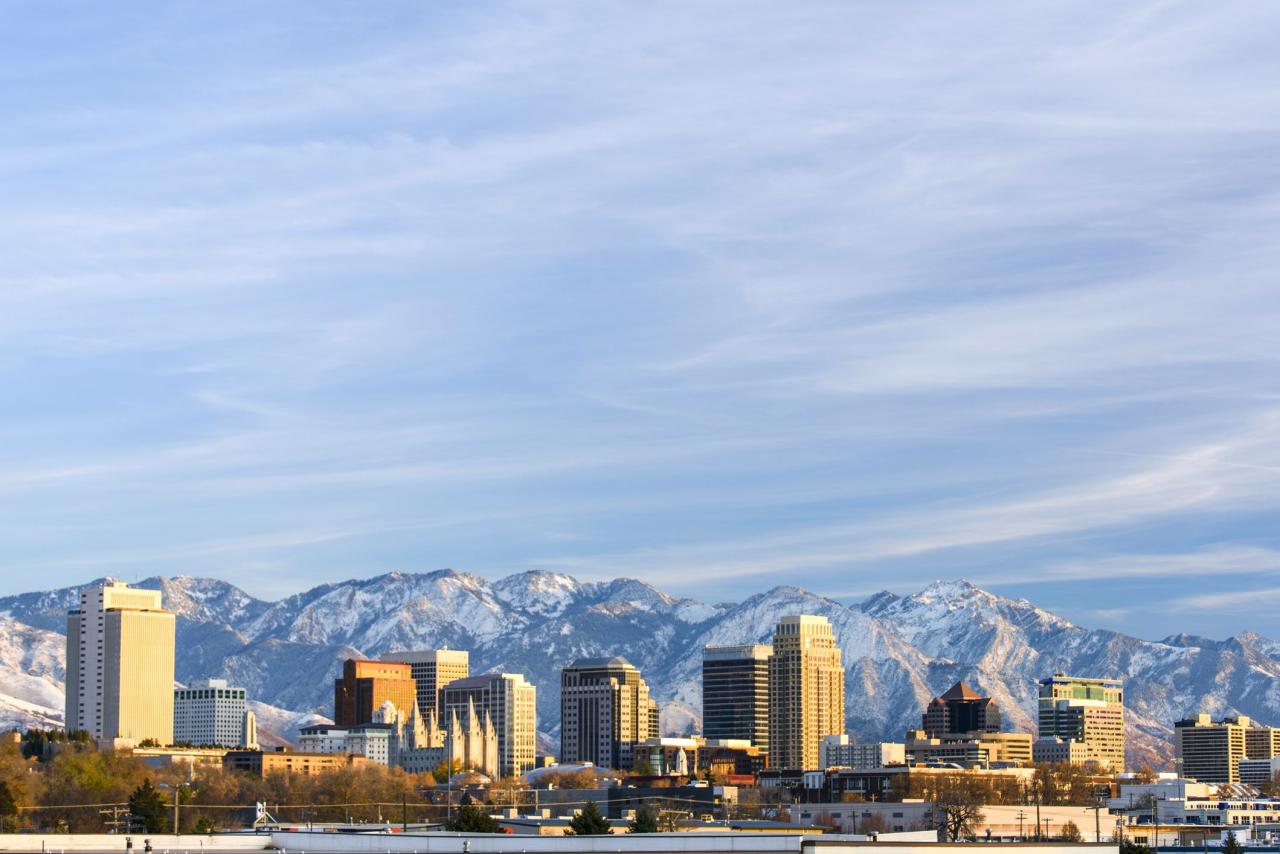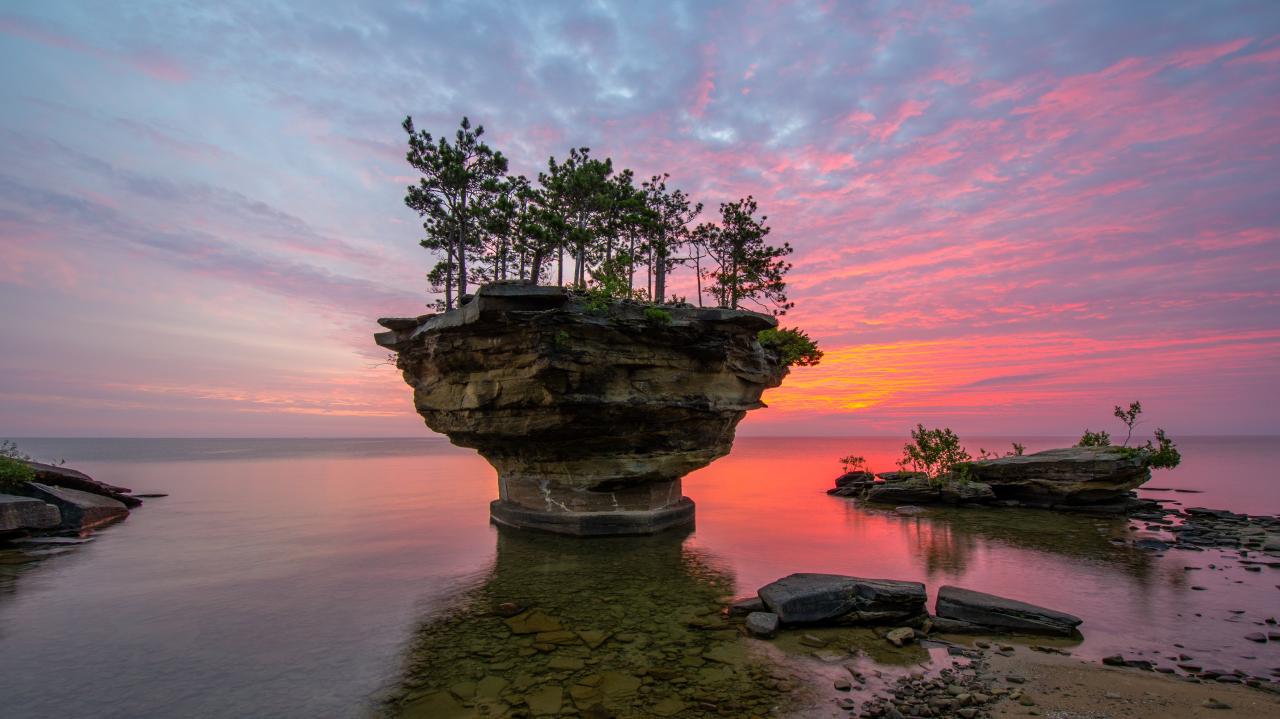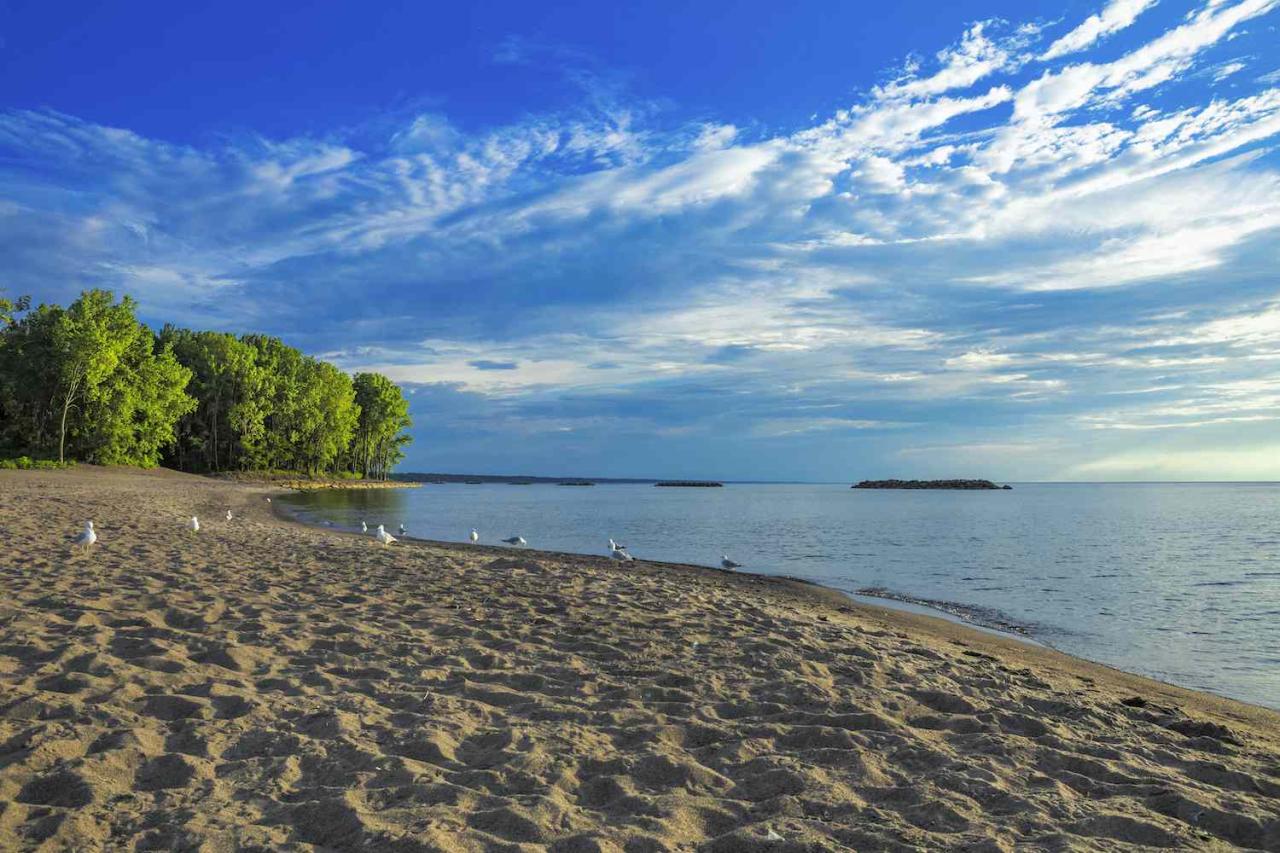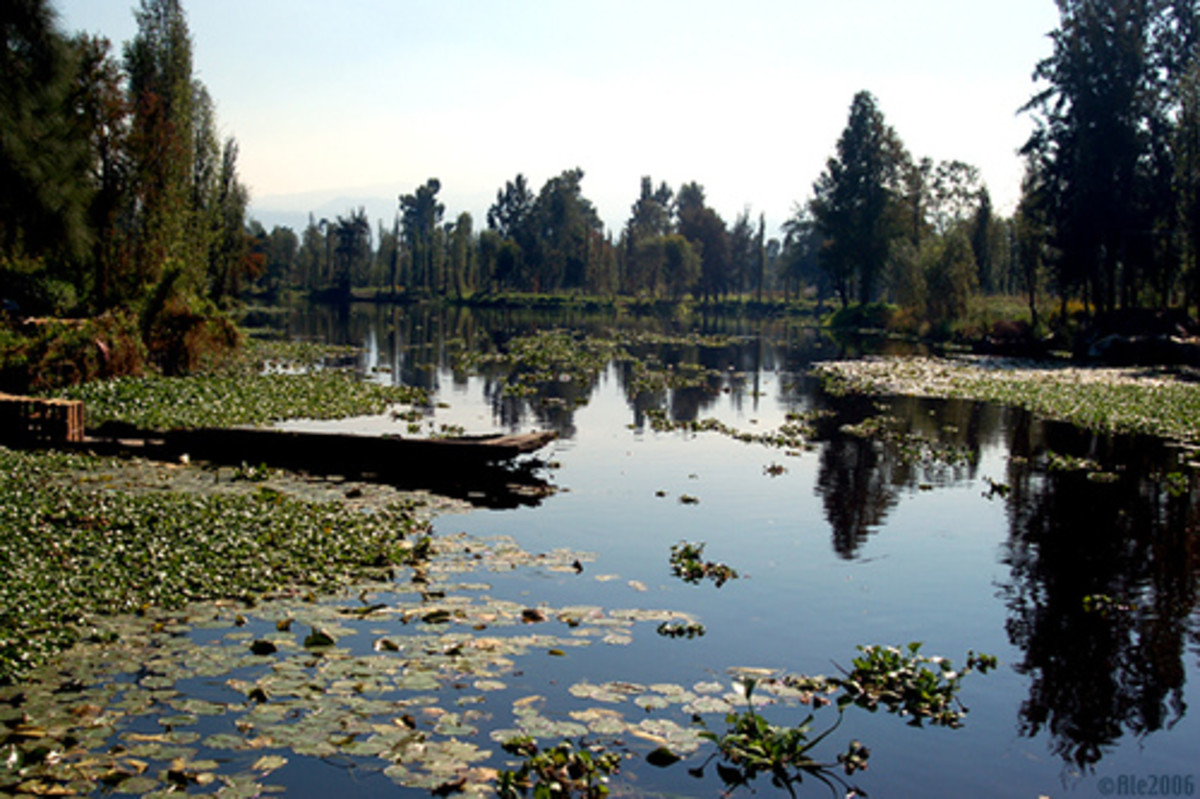Lake Superior, the largest of the Great Lakes, is a majestic body of water that dominates the landscape of the North American interior. Its vastness, depth, and unique ecosystem have captivated explorers, scientists, and adventurers for centuries. From its rocky shores to its deep, cold waters, Lake Superior offers a glimpse into the raw power and beauty of nature.
This vast expanse of freshwater is a testament to the forces of nature that shaped the North American continent. Its origin lies in the last Ice Age, when massive glaciers carved out the basin that would eventually become Lake Superior.
The lake’s depth and volume, surpassing all other Great Lakes, reflect the immense scale of these ancient ice sheets.
Geographical Overview
Lake Superior, the largest of the five Great Lakes in North America, is a breathtaking expanse of freshwater that straddles the border between the United States and Canada. Its vastness and beauty have captivated explorers, artists, and adventurers for centuries.
Location and Size
Lake Superior is situated in the northernmost part of the Great Lakes region, with its eastern and northern shores lying in the Canadian province of Ontario, and its western and southern shores in the U.S. states of Minnesota, Wisconsin, and Michigan.
Its immense size is truly remarkable, covering an area of 31,700 square miles (82,100 square kilometers), making it larger than all the other Great Lakes combined.
Depth and Volume
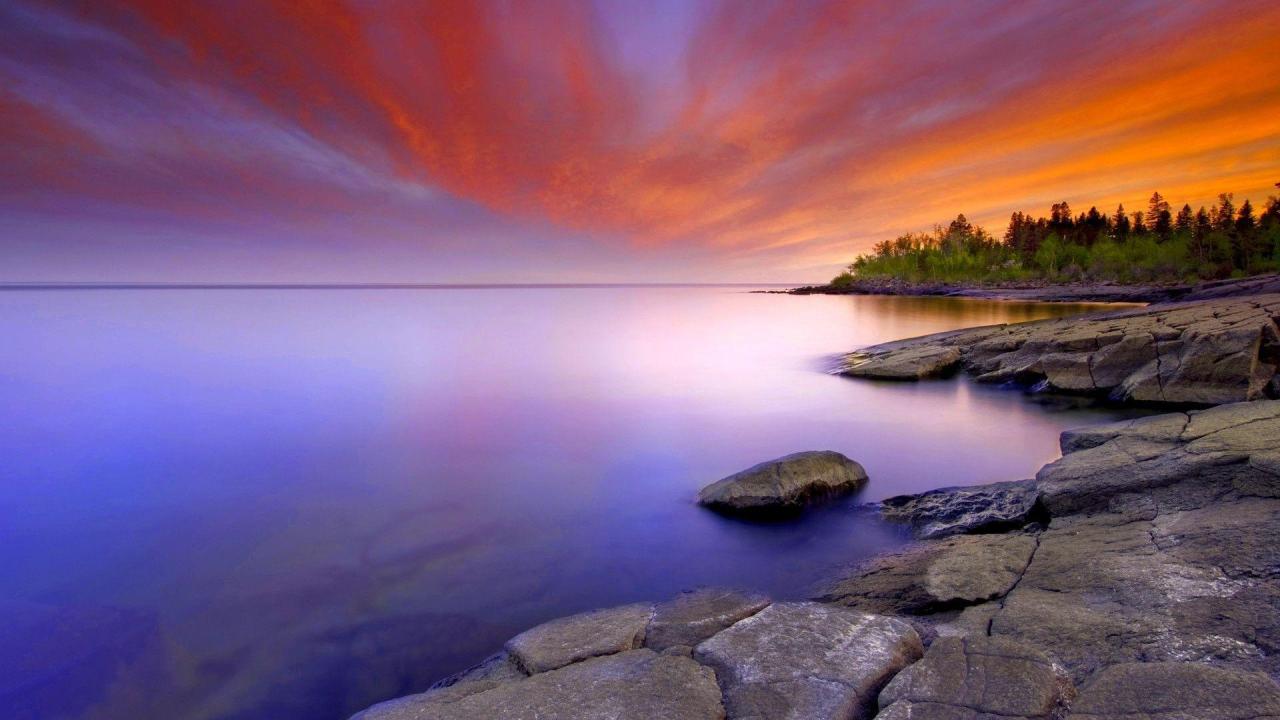
Lake Superior is not only vast but also incredibly deep, with an average depth of 483 feet (147 meters) and a maximum depth of 1,333 feet (406 meters). This immense depth, coupled with its vast surface area, gives Lake Superior a volume of nearly 3,000 cubic miles (12,500 cubic kilometers), which is about 10% of the world’s total freshwater supply.
Geological Formation, Lake superior
The formation of Lake Superior is a fascinating tale of geological forces and glacial history. It originated as a massive depression carved out by the Laurentide Ice Sheet during the last glacial period. As the ice sheet retreated, it left behind a vast basin that eventually filled with water, forming the lake we know today.
- The bedrock of Lake Superior is primarily composed of ancient Precambrian rocks, some of which date back billions of years. These rocks are rich in minerals and contribute to the lake’s unique ecosystem.
- The lake’s shoreline is characterized by numerous rocky cliffs, sandy beaches, and forested areas, creating a diverse and picturesque landscape.
- The glacial history of Lake Superior is evident in the numerous islands, bays, and inlets that dot its shoreline. These features were formed by the scouring action of the glaciers as they moved across the land.
Physical Characteristics: Lake Superior
Lake Superior’s physical characteristics are as diverse and captivating as its history. From its rugged shoreline to its unique underwater formations, the lake is a testament to the power of nature.
Shoreline and Islands
The shoreline of Lake Superior is a mixture of rocky cliffs, sandy beaches, and forested areas. The rugged cliffs along the north shore are particularly impressive, rising hundreds of feet above the water’s edge. The lake is also home to numerous islands, some of which are large enough to support their own unique ecosystems.
- Isle Royale, the largest island in Lake Superior, is a national park known for its pristine wilderness, abundant wildlife, and diverse plant life.
- The Apostle Islands, located off the coast of Wisconsin, are a group of 21 islands that offer a variety of recreational opportunities, including hiking, kayaking, and camping.
Water Temperature, Clarity, and Currents
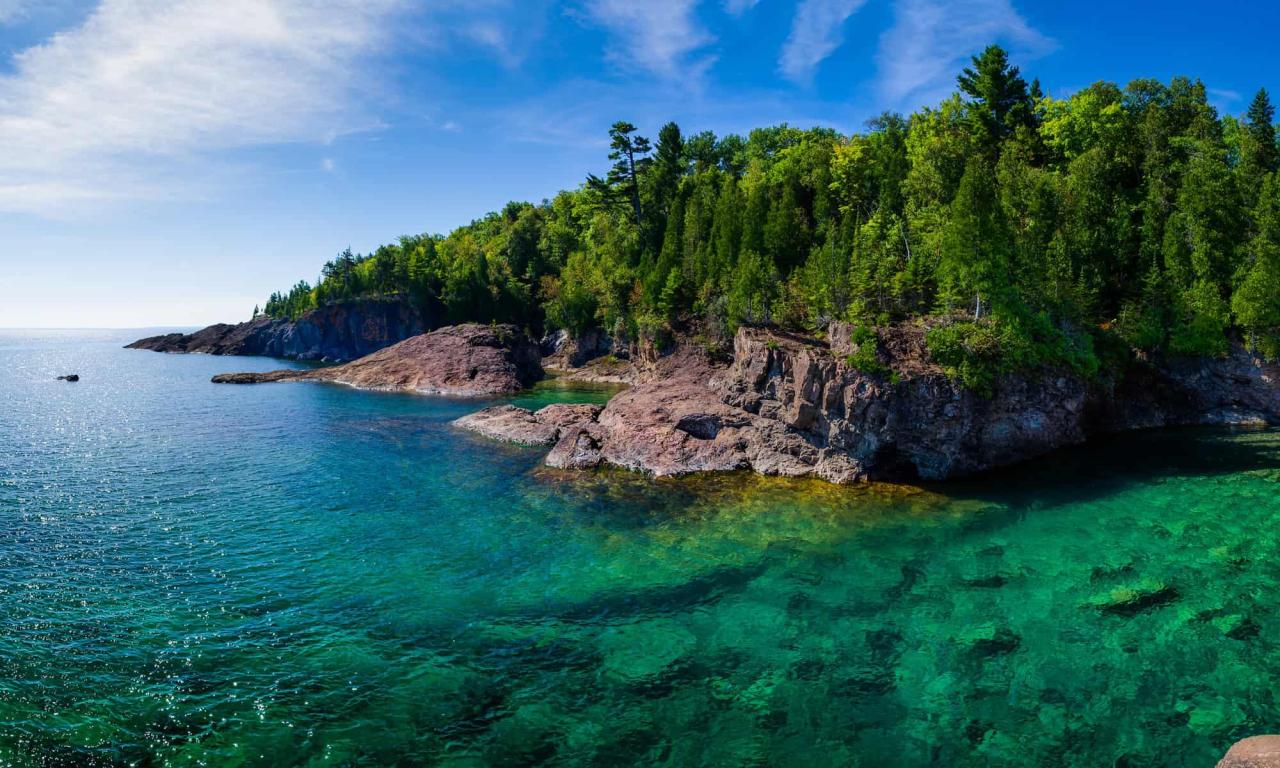
Lake Superior is known for its cold, clear water. The average water temperature during the summer months is around 50-60 degrees Fahrenheit (10-15 degrees Celsius), while in the winter, the lake can freeze over in some areas. The lake’s water is exceptionally clear, with visibility often exceeding 40 feet (12 meters).
This clarity is due to the lack of significant pollution and the absence of large rivers that carry sediment into the lake.
- The currents in Lake Superior are generally weak, but they can be strong in certain areas, particularly during storms.
- The lake’s deep waters and cold temperatures create a unique environment that supports a diverse range of fish species, including lake trout, walleye, and salmon.
Ecosystem
Lake Superior’s ecosystem is a remarkable blend of freshwater and marine life. The lake’s cold, clear waters support a wide variety of fish species, including lake trout, walleye, salmon, and whitefish. The lake’s shores are also home to a diverse array of plant life, including boreal forests, wetlands, and grasslands.
- The lake’s unique ecosystem is threatened by a number of factors, including pollution, invasive species, and climate change.
- Efforts are underway to protect and restore the lake’s ecosystem, including initiatives to reduce pollution, control invasive species, and mitigate the impacts of climate change.
Human Impact and History
Lake Superior has played a significant role in human history, from its importance to indigenous cultures to its role in the fur trade and early European exploration.
Indigenous Cultures
For centuries, Lake Superior has been a vital part of the lives of indigenous communities, who relied on its resources for sustenance and transportation. The Ojibwe, Anishinaabe, and other indigenous groups have a rich history and culture deeply intertwined with the lake.
They have long held a deep respect for the lake’s natural resources and have developed sustainable practices for fishing, hunting, and gathering.
Fur Trade and Early Exploration
In the 17th century, European explorers and traders began to arrive at Lake Superior, drawn by the abundance of furs and other resources. The fur trade became a major economic force in the region, and Lake Superior served as a vital transportation route for traders and explorers.
The lake’s vastness and its many islands provided opportunities for trapping and trading, and it played a crucial role in the development of the North American fur trade.
Industrialization and Resource Extraction
The 19th and 20th centuries saw the rise of industrialization and resource extraction around Lake Superior. The lake’s abundant iron ore deposits led to the development of mining operations along its shores, and the lake itself became a vital transportation route for shipping ore and other resources.
While industrialization brought economic growth to the region, it also had significant environmental impacts on the lake.
- Pollution from mining, logging, and industrial activities contributed to the degradation of the lake’s water quality.
- The introduction of invasive species, such as the sea lamprey, disrupted the lake’s delicate ecosystem.
Current Challenges
Today, Lake Superior faces a number of challenges, including pollution, invasive species, and climate change. Pollution from industrial activities, agriculture, and urban runoff continues to threaten the lake’s water quality. Invasive species, such as zebra mussels and Asian carp, are disrupting the lake’s ecosystem and threatening native species.
Climate change is also having a significant impact on the lake, leading to changes in water temperature, ice cover, and precipitation patterns.
- Efforts are underway to address these challenges, including initiatives to reduce pollution, control invasive species, and mitigate the impacts of climate change.
- Protecting and restoring Lake Superior’s ecosystem is a critical priority for ensuring the health and well-being of the region and its people.
Recreational Activities and Tourism
Lake Superior is a paradise for outdoor enthusiasts and tourists alike, offering a wide range of recreational activities and breathtaking natural beauty.
Recreational Activities
Lake Superior is a popular destination for boating, fishing, hiking, and camping. The lake’s vast expanse and its numerous islands and inlets provide endless opportunities for exploration and adventure.
- Boating: Lake Superior is a haven for boaters, with opportunities for everything from leisurely cruises to challenging sailing expeditions.
- Fishing: The lake is renowned for its excellent fishing, with a wide variety of species, including lake trout, walleye, salmon, and whitefish.
- Hiking: The shores of Lake Superior offer a variety of hiking trails, ranging from easy strolls to challenging climbs.
- Camping: There are numerous campgrounds located along the lake’s shores, providing opportunities for overnight stays and enjoying the natural beauty of the region.
Natural Attractions and Scenic Beauty
Lake Superior is renowned for its stunning natural beauty. The lake’s rugged shoreline, towering cliffs, and pristine waters create a breathtaking landscape that draws visitors from around the world.
- The Pictured Rocks National Lakeshore, located on the southern shore of Lake Superior, is a popular destination for its dramatic sandstone cliffs, waterfalls, and scenic hiking trails.
- Isle Royale National Park, located on the largest island in Lake Superior, is a pristine wilderness area known for its abundant wildlife, diverse plant life, and stunning natural beauty.
Economic Importance of Tourism
Tourism is a significant economic driver in the region around Lake Superior. The lake’s recreational opportunities and natural beauty attract millions of visitors each year, supporting businesses and jobs in the tourism industry.
- The tourism industry related to Lake Superior contributes millions of dollars to the local economy each year.
- The lake’s economic importance is a testament to its value as a natural resource and a popular destination for recreation and tourism.
Cultural Significance
Lake Superior has a profound cultural significance, inspiring art, literature, and music, and playing a central role in the traditions and stories of indigenous communities.
Indigenous Communities
For indigenous communities, Lake Superior is more than just a body of water; it is a sacred space, a source of life, and a vital part of their cultural identity. The lake is woven into their traditions, stories, and beliefs, and it holds a deep spiritual significance for them.
- The Ojibwe people have a rich oral tradition that features stories about the lake, its creatures, and its role in their creation myths.
- The lake’s resources have been essential to the survival of indigenous communities for generations, and they continue to hold a deep respect for the lake’s natural balance.
Artistic Expressions
Lake Superior’s beauty and power have inspired countless artists, writers, and musicians. The lake’s vastness, its dramatic landscapes, and its ever-changing moods have captured the imagination of creative minds for generations.
- Painters have depicted the lake’s breathtaking sunsets, its rugged shorelines, and its serene waters.
- Writers have used the lake as a backdrop for their stories, exploring themes of nature, adventure, and human connection.
- Musicians have drawn inspiration from the lake’s sounds, its rhythms, and its moods, creating music that evokes the lake’s spirit.
Regional Identity
Lake Superior has played a significant role in shaping the identity and culture of the surrounding region. The lake’s vastness, its natural beauty, and its historical significance have left an enduring mark on the people who live near it.
- The lake is a source of pride for the communities that border it, and it is often featured in local festivals, events, and celebrations.
- The lake’s legacy continues to inspire and connect people in the region, fostering a sense of shared history, culture, and identity.
Closure
Lake Superior is more than just a geographical feature; it is a cultural icon, a source of life, and a symbol of the enduring power of nature. Its beauty and significance continue to inspire awe and wonder in those who encounter it, reminding us of the interconnectedness of the natural world and the importance of preserving its wonders for generations to come.


